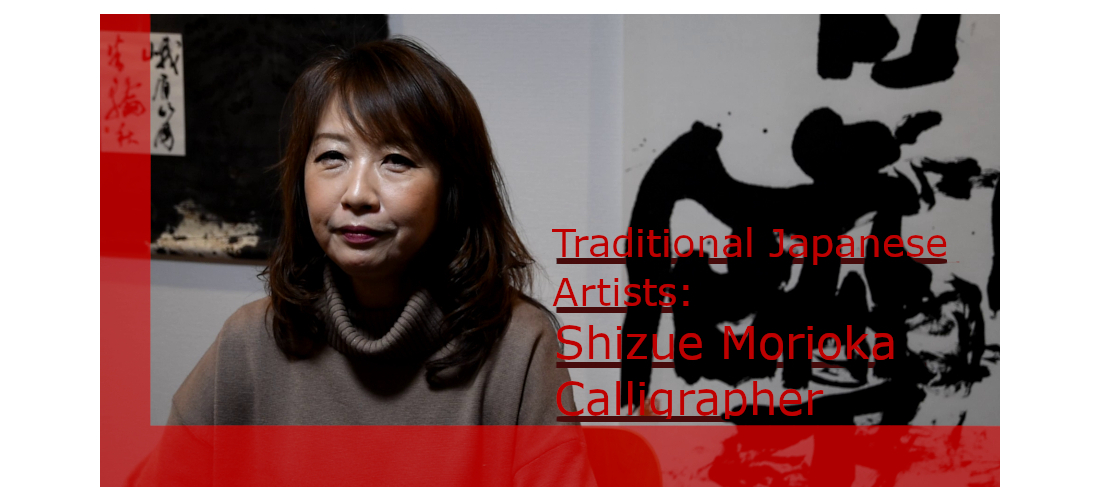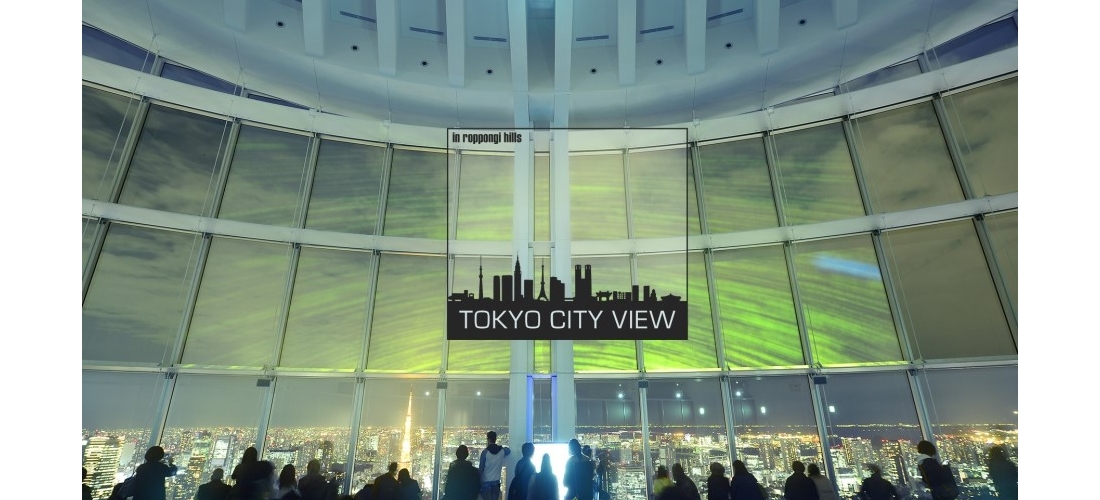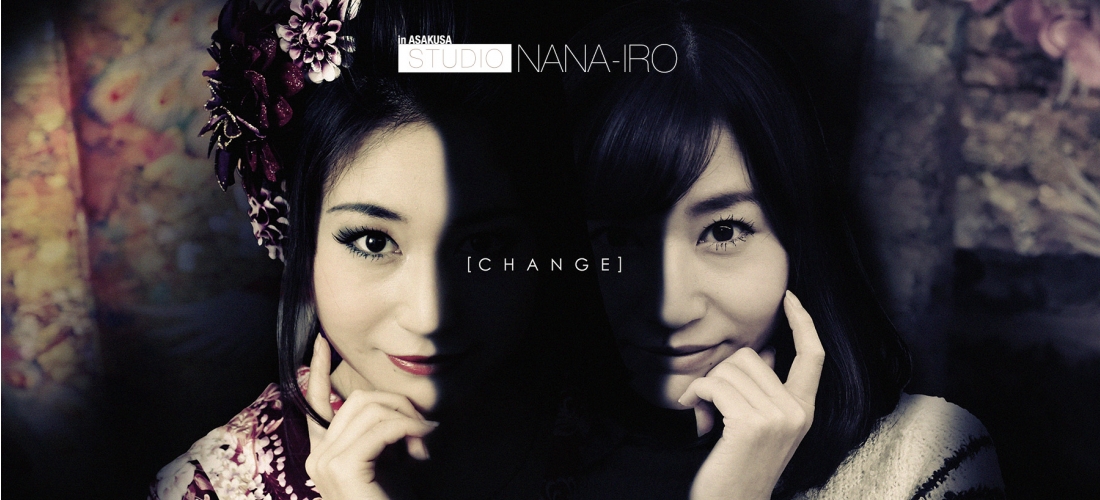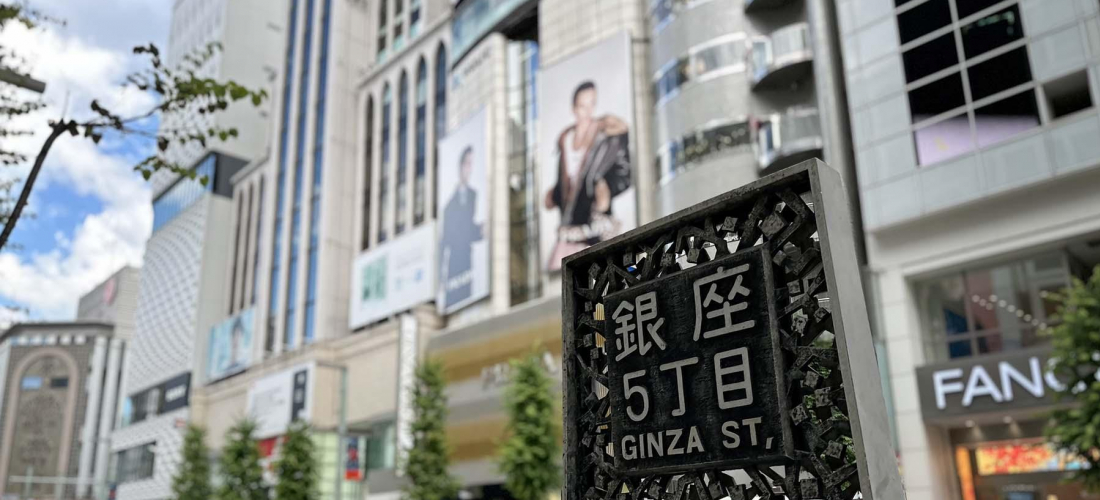CONTENTS
深大寺のだるま祭りに行ってきました!
◉About Daruma◉
daruma are hollow traditional handmade Japanese wishing dolls
and is a big part of Buddhism.
The daruma dolls are modeled after Bodhidharma,
a famous 5th~6th century Buddhist monk in China
who is said to be the founder of Zen Buddhism.
In Japan however, he is known as Daruma and the resemblance of
the person and the doll is pretty interesting.
It's also said that Bodhidharma (Daruma) meditated for nine years straight,
causing his limbs to eventually degenerate,
which is why the daruma dolls are rounded and look the way they do.
Image source Zen Buddhism
to why the daruma's eyes aren't filled in.
Some believe it's to depict Bodhidharma (Daruma)
because during his nine-year meditation,
he fell asleep for most of it and when he woke up
he was so angry so he cut his eyelids off
to prevent from falling asleep again during meditation.
Which is pretty dark but cool at the same time.
Others say it's to represent enlightenment,
and other's just have no clue of its deep meaning
and only know you make a wish while drawing a filled in circle on one eye,
then once it comes true fill in the other eye.
However those with more specific wishes and goals,
you can choose a specific color of daruma.
Many stands at the festival had charts
showing what color represented what.
Some colors had the same meaning across the board,
whereas others were different.
So we think besides the traditional red daruma,
there really isn't a standard meaning per color.
It may just depend on the craftsman of the daruma.
But if in doubt, you can always just go for the red daruma.
Red – Overal good luck
Pink – Love (find a boyfriend/girlfriend/husband/wife)
Gold – Wealth, improve talents
Yellow – Safety
Blue – Pray for your deepest prayers to be answered, success in school/test
Purple – Health
Green – Longevity (purple and green often switch)
Really though when you get down to it,
darumas are somewhat of a representation of your goals and strength.
So regardless the color, you are announcing your goals and wishes and showing your proactivity.
There really isn't a specific time to buy daruma, but they have been somewhat commercialized being New Year's charms. In that way, they are similar to New Year resolution charms.
An interesting fact about Japanesemedia, is that it is somewhat considered taboo to show a person's daruma on TV.
Our Japanese TV director friends told us the reason is that you are almost publicizing "to the world" that that person's wish hasn't come true yet. Same goes for daruma with both eyes filled, you won't see it because you are almost bragging about the wish coming true. We were really surprised to find out daruma are taken that seriously to some people.
The Jindaiji Temple in Chofu, Tokyo is the second oldest Buddhist temple in Tokyo (the first being Sensoji Temple in Asakusa). Every March, Jindaiji holds a Daruma Doll Festival and people from all over come to buy an open-eyed daruma. There are about 300 stalls along and around the temple ground so people are sure to have a good time and find the daruma of their dreams.
Despite living minutes by bike from Jindaiji, this was our first time going to the festival. This year it was on March 3rd (Sat) and 4th (Sun) from 9am~5pm. We read that if you go around 2pm the Jindaiji monks will do some kind of performance called Oneri Gyoretsu, which is just the temple's monks walking around the temple while traditional music plays. I am more than certain we were there at 2pm, but we must have just not heard the music and missed it. Which is a shame but no big deal since we were just as entertained looking at all the daruma!!
There Were All Kinds of Daruma
Different Facial Hair
what was fun about this festival was that no daruma looked the same.
Even the red ones!
Take the top darumas in the picture above.
Notice that their eyebrows are different
from the smaller one in the corner?
Their eyebrows contain the Chinese character 寿 (kotobuki),
which means longevity.
I learned that day that even the facial hair has a deep representation. Can you see a couple of images within the facial hair?? They took two animals from the Asian culture that symbolizes longevity and incorporated them into the daruma's facial hair. The eyebrows are supposed to be cranes, and the cheek parts of the beard are tortoises or tortoise shells.
Made from Different Materials
There were also Japanese ceramic bells (土鈴; dorei) painted as daruma.
Recently was Girls Day, or Hina Matsuri (ひな祭り), so there were even "Hina Matsuri daruma". Not as cute as the real hina dolls but the idea is still cute!
Same Body Shape, Different Character
Then for the pure purpose of decoration, there were a whole new version of daruma dolls. Japanese shiba, cute maneki neko, traditional bowl haircut girls… Even daruma representing the Chinese calendar…which were SUPER cute!
To take the maneki neko daruma a step forward, there were also these cuties.
Manekineko that had either Gods or daruma on their tummies.
If you think about it,
the maneki nekos bring good luck,
and so do daruma or Japanese gods,
so it's basically like
you're getting double luck.
We liked these maneki nekos but
we didn't like
how the darumas were smiling.
If they had a more stern face,
we would've gotten one.
It is still a cute idea though.
That daruma, especially when they're in a group…
Are really just like soulless zombies. Their empty eyes with the strong rings around them are actually a bit creepy after a while.
Everywhere you looked were daruma waiting to be sold. It's crazy to imagine each and every single one was handcrafted. What is evern crazier is some of the sizes people bought at the festival. Where do they put a massive daruma that is about the size of their child!?!?!?!
Adding an Eye
At the festival, if you bought a daruma, you could bring it over to a monk for the Daruma Kaigansho, or "Spiritual Awakening" (lit translated as "Eye Opener") booth. The monk will write the character 阿 (pronounced "ah") on the left eye which stands for the "O" in Oma, a sacred syllable in Buddhism that is said to be known as the beginning of things in life.
For those who had old darumas that they wanted to get their eye filled in because their wish came true, that was an option as well. Just line up and give it to the monks where they fill in the right eye with the character 吽 (pronounced "oon") which stands for the "m" in Om, standing for the end. Once you got your old daruma's right eye filled in, it's customary to get rid of it. However, you just can't throw it in the trash or anything like that. You have to take it to a temple where they burn it. For that reason, there was a massive "daruma offering place" set up right in front of the temple. There you saw many people getting rid of their old darumas.
completely covered in Japanese paper, washi.
We took it up to the monks and got its eye filled in.
While the eye is getting filled in,
you're supposed to wish for something but I was too preoccupied
taking pictures and watching the monk write the character
I forgot to make a wish.
So I hope my husband made one for the both of us!
different to the Sanskrit characters the monks here at Jindaiji write.
You will mostly see darumas with these kinds of eyes.
One of the vendors told us that getting the eye filled in with these Sanskrit characters is really rare and a special custom to Jindaiji Temple.
So we are really glad we got to experience this
and if you get a chance to next festival, you should!
It doesn't cost anything to get an eye filled in by the monks,
however, donations are appreciated of course.
〇Other Things at During the Daruma Festival◉
Jindaiji is known for its delicious soba,
but another popular food there is this grilled mochi!!
There is sweet bean paste inside,
and you can either get it plain or covered in kinako,
which is like roasted soy flour.
If buying a daruma isn't really something you're too interested in but want to get SOMETHING as souvenir…then Japanese temples and shrines have a really unique thing where you can get honorable stamps. Many people in Japan own a stamp book, Goshuinchou (御朱印帳), and they take it to temples and shrines all over Japan to get stamped. We have a stamp book too but forgot to bring it with us. So for those who forget or don't have a book, you can just buy the stamp on a sheet of paper. Then if you have a book you can glue it in later. These stamps are normally really cheap, depending on the shrine/temple ranges from 200yen~500yen.
The Jindaiji Daruma Festival is every year on March 3rd and 4th.
★Jindaiji Temple (深大寺)
5-15-1 Jindaiji Motomachi, Chofu, Tokyo 182-0017
**Jindaiji Temple Official Site**
From Mitaka Station South Exit, get on the #65 bus towards Jindaiji (深大寺)
Roughly a 20 minute ride, ¥220
Google Maps
Daruma make wonderful souvenirs!
Regardless of your beliefs, it's something fun to do like a wishing well, and the daruma dolls have an interesting look to them. Now that I learned all the history and culture behind these dolls, I've become even more interested in them. So next time I get the chance to go to Gunma Prefecture, I plan on going to the daruma museum!
Details
NAME:Jindaiji Temple (深大寺)
MAP
5-15-1 Jindaiji Motomachi, Chofu, Tokyo
ACCESS:Chofu
Hey there!! Thank's for checking out my page~★ I love exploring the crazy and funny sides of Japan as well as its hidden treasures.
COMMENT
FEATURED MEDIA
VIEW MOREMAP OF JAPAN
SEARCH BY REGION

LATEST
VIEW MOREEVENT CALENDAR
VIEW MOREMOST POPULAR
 Tokyo Winter Recommendation: Don’t Miss Tokyo Mega Illumination, Japan’s #1 Light Show
Tokyo Winter Recommendation: Don’t Miss Tokyo Mega Illumination, Japan’s #1 Light Show ป้ายยาสินค้าน่าซื้อในร้านขายยาญี่ปุ่น | KOWA ผลิตภัณฑ์เพื่อสุขภาพสำหรับคนยุคใหม่
ป้ายยาสินค้าน่าซื้อในร้านขายยาญี่ปุ่น | KOWA ผลิตภัณฑ์เพื่อสุขภาพสำหรับคนยุคใหม่ Okinawa Family Road Trip: Japanese Glasses Shopping at San-A Urasoe West Coast PARCO CITY, Discount Coupons, & Okinawa Sightseeing with JINS
Okinawa Family Road Trip: Japanese Glasses Shopping at San-A Urasoe West Coast PARCO CITY, Discount Coupons, & Okinawa Sightseeing with JINS

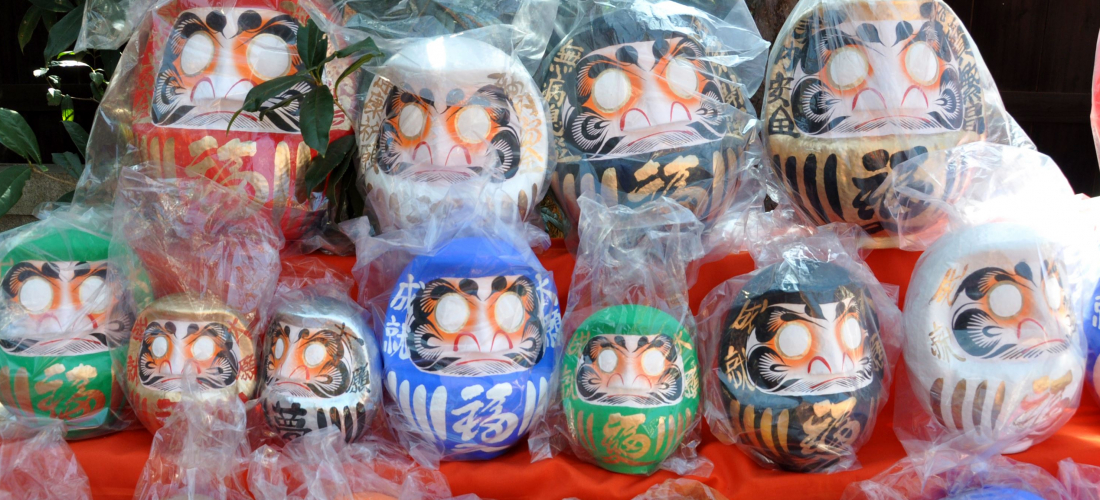

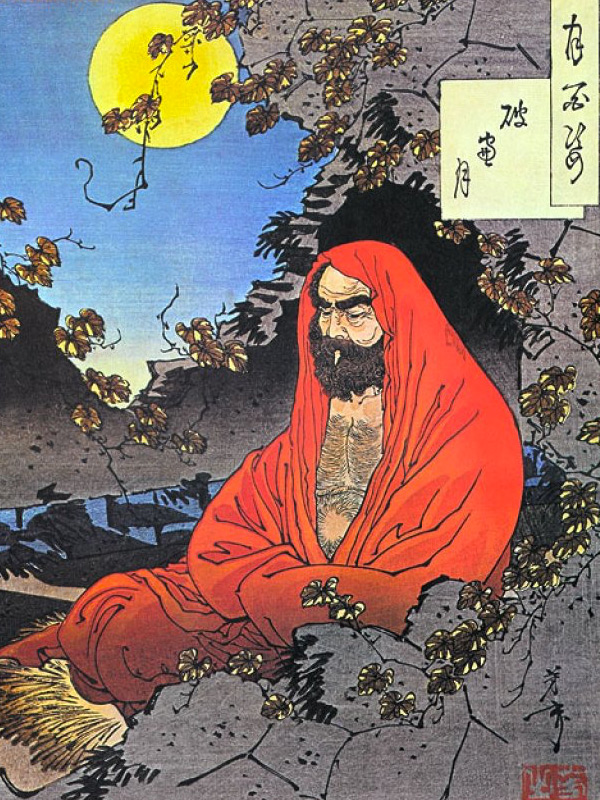


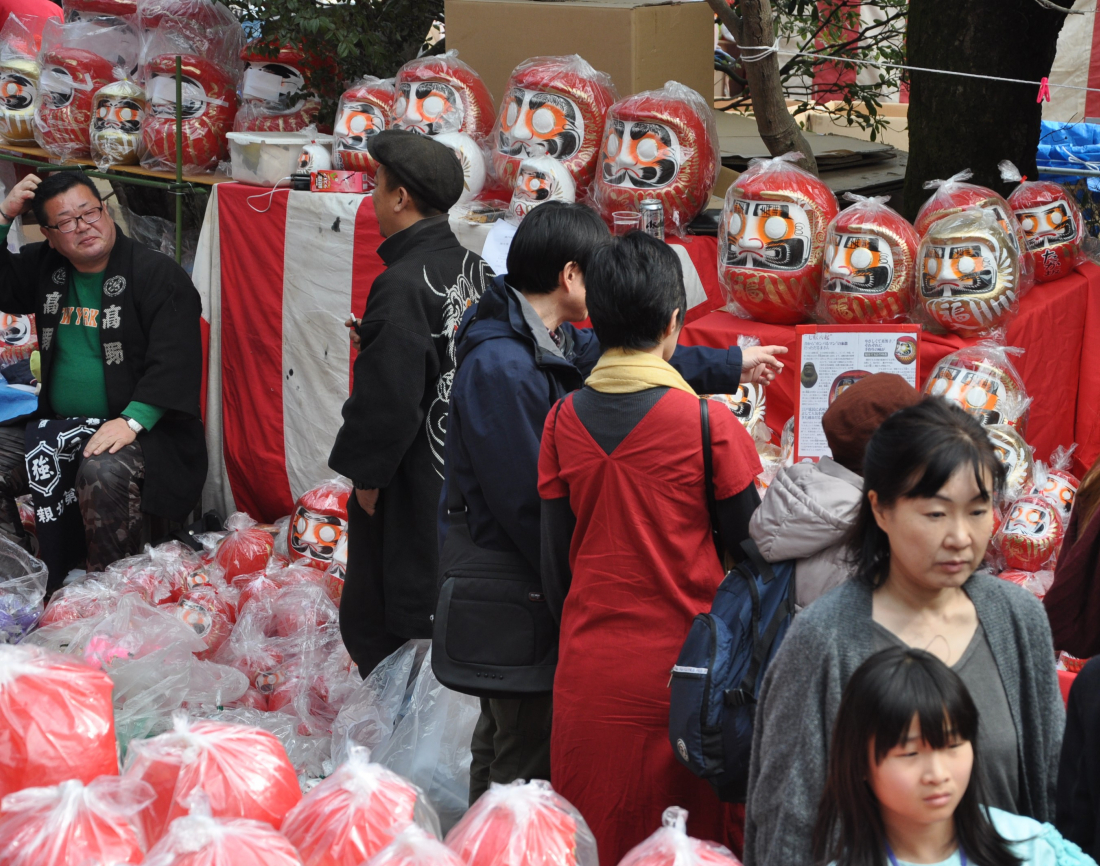
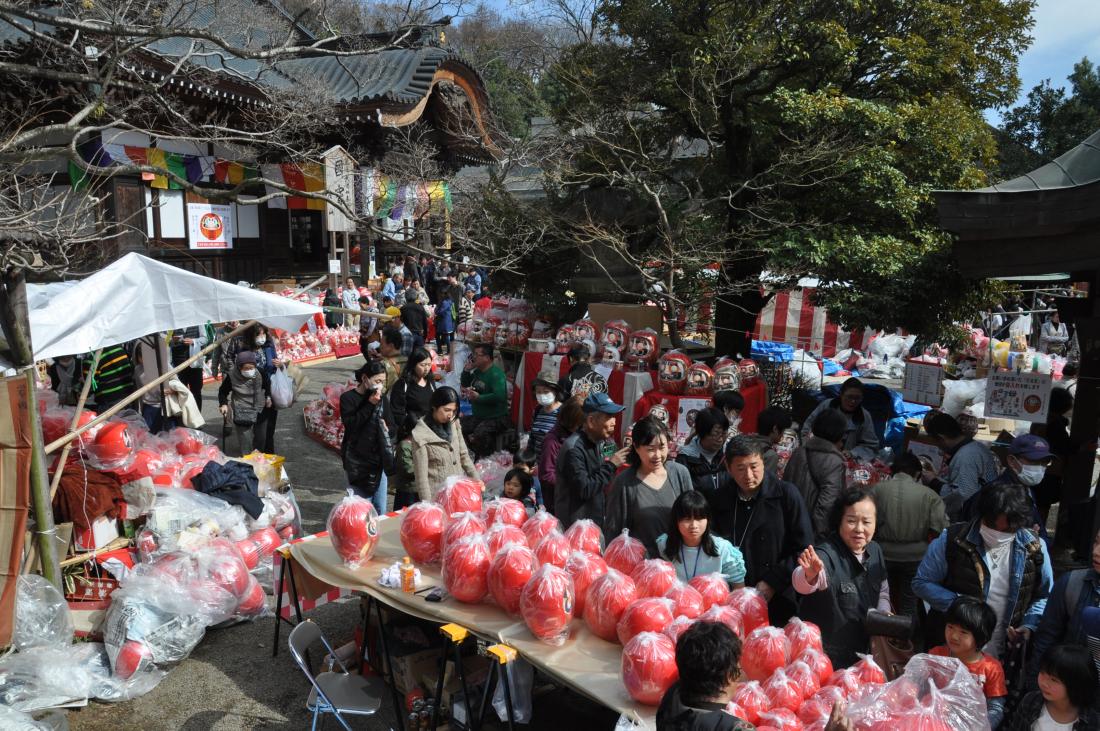

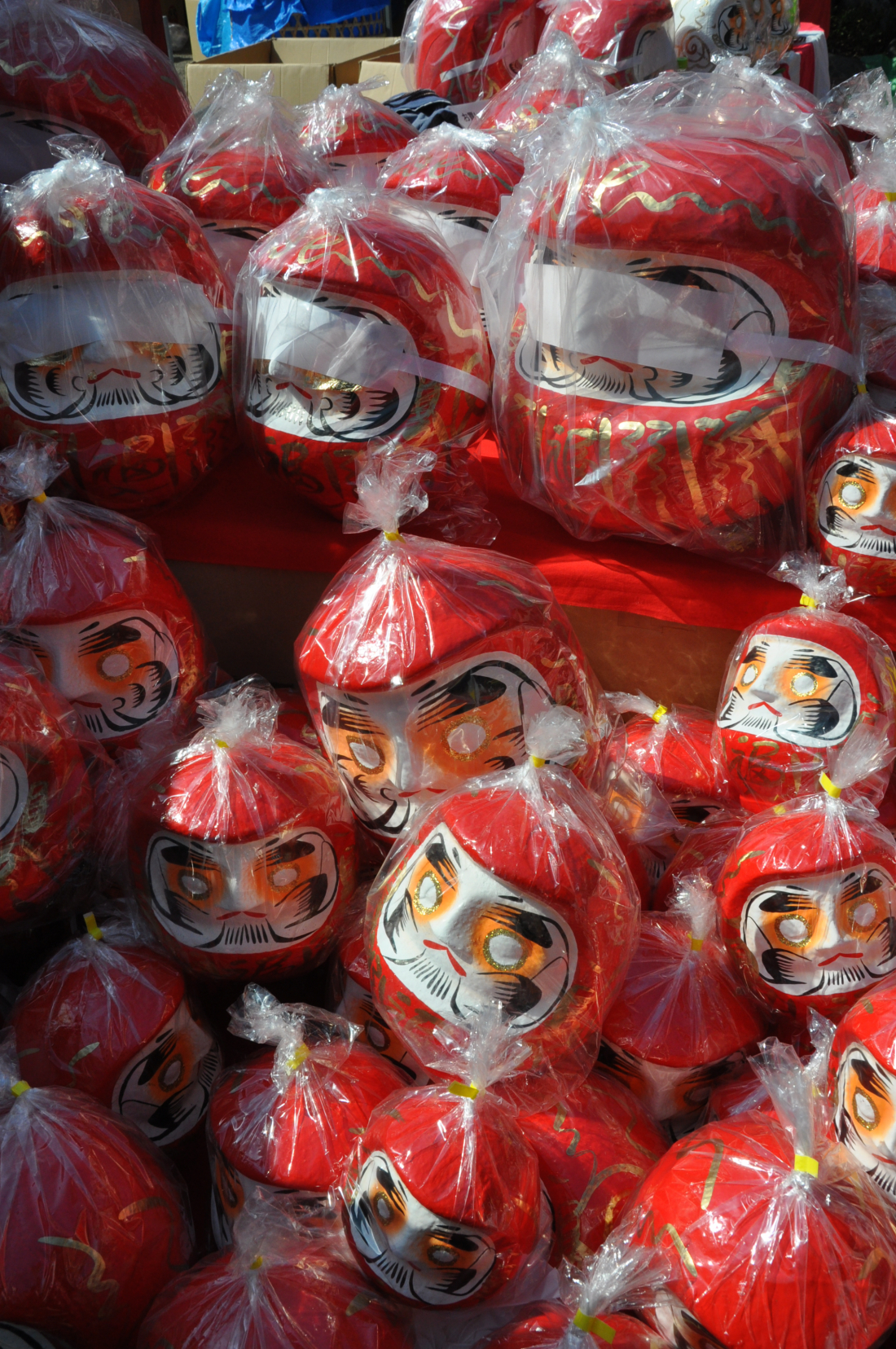





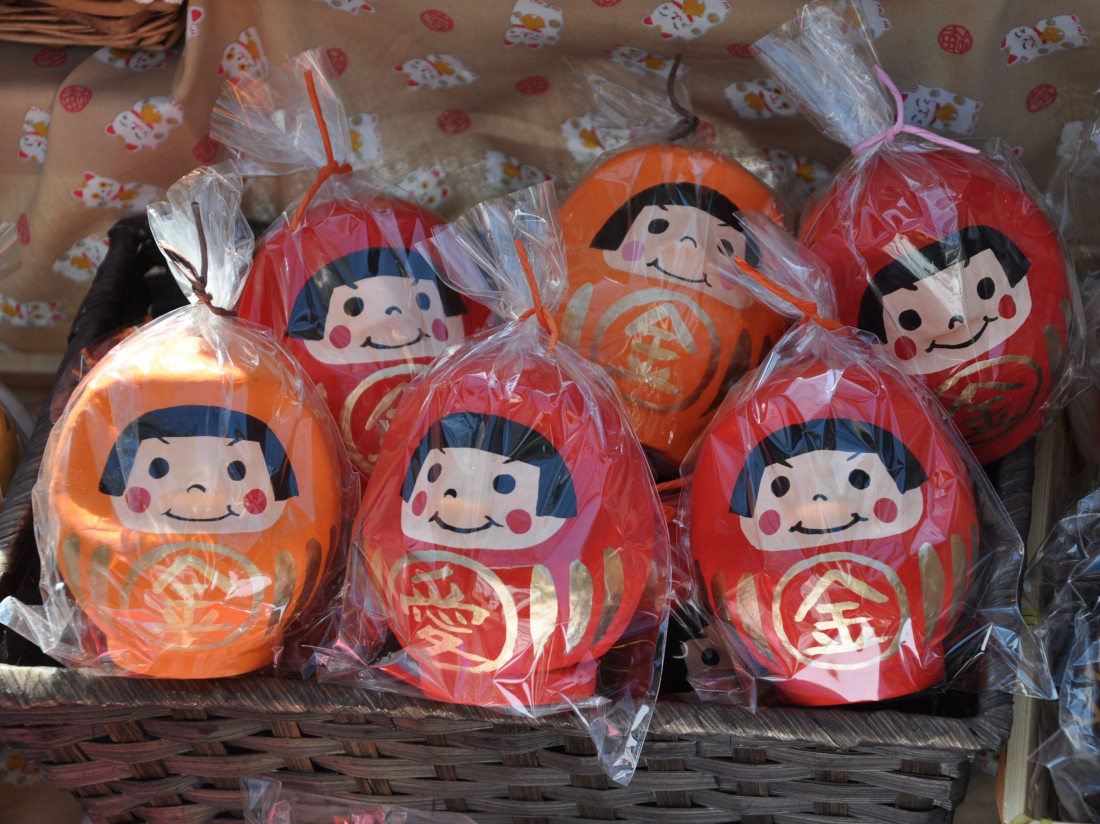
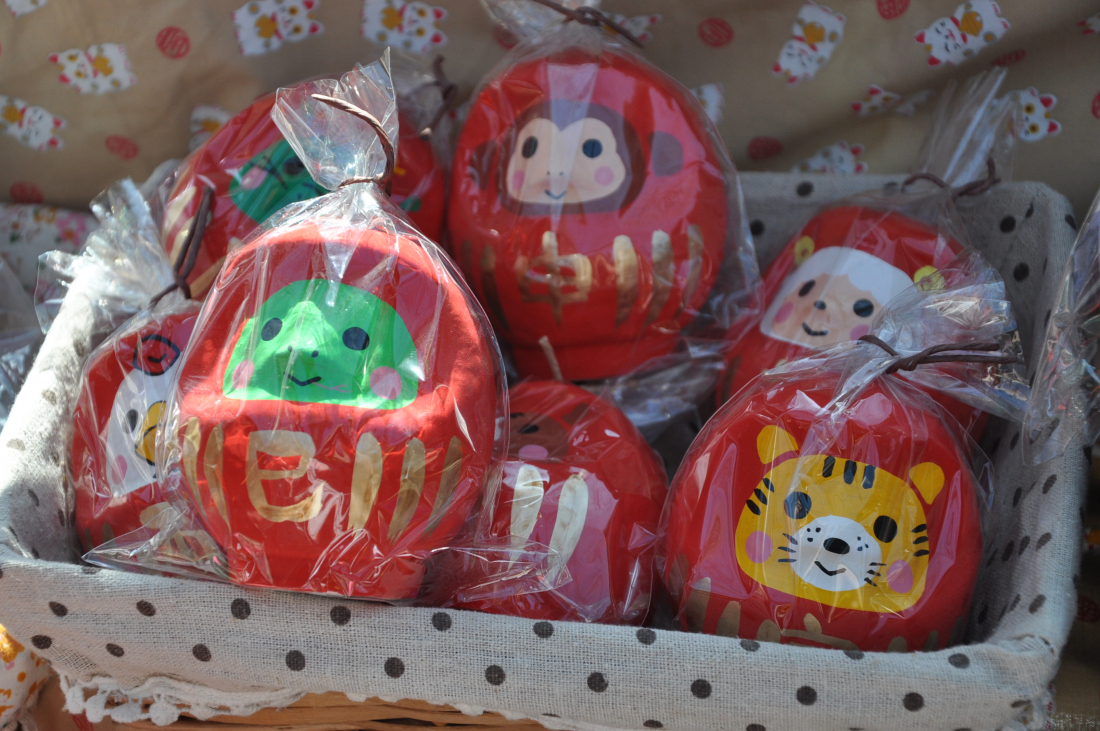








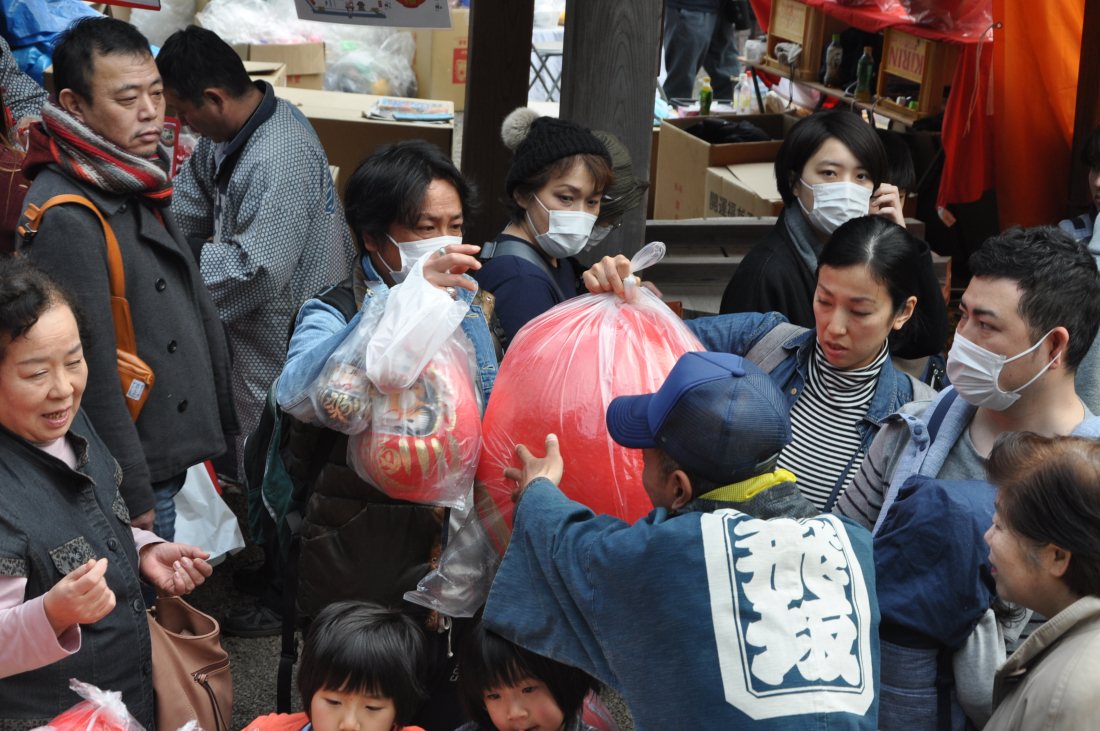
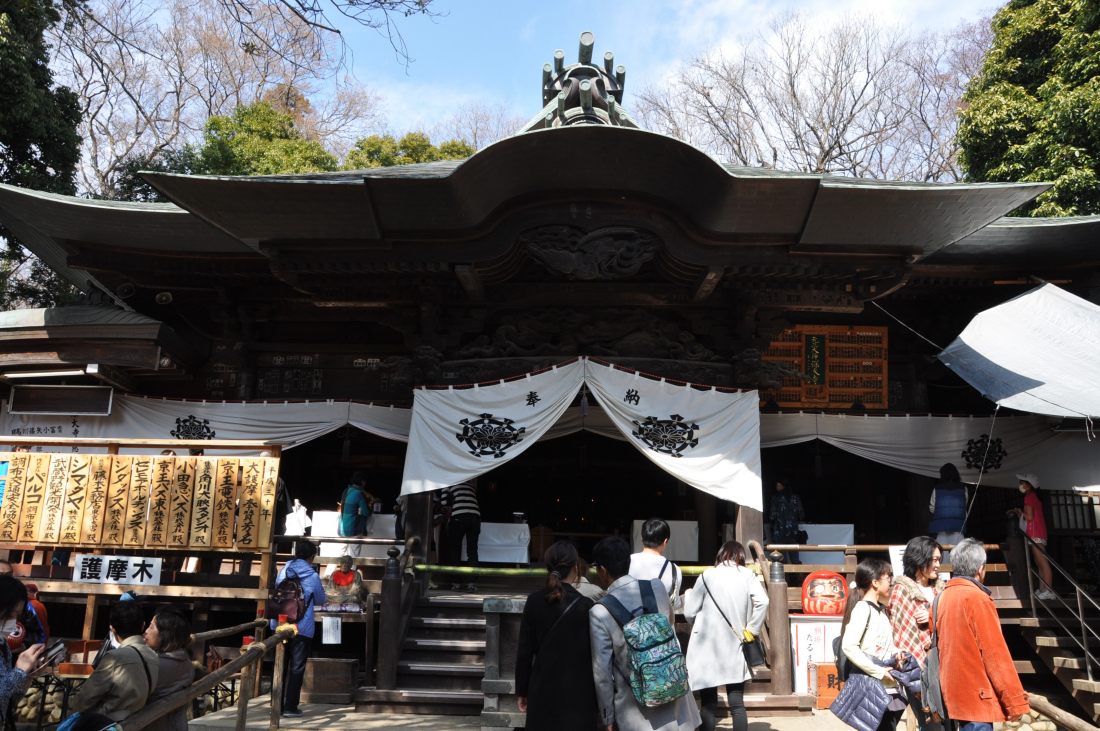
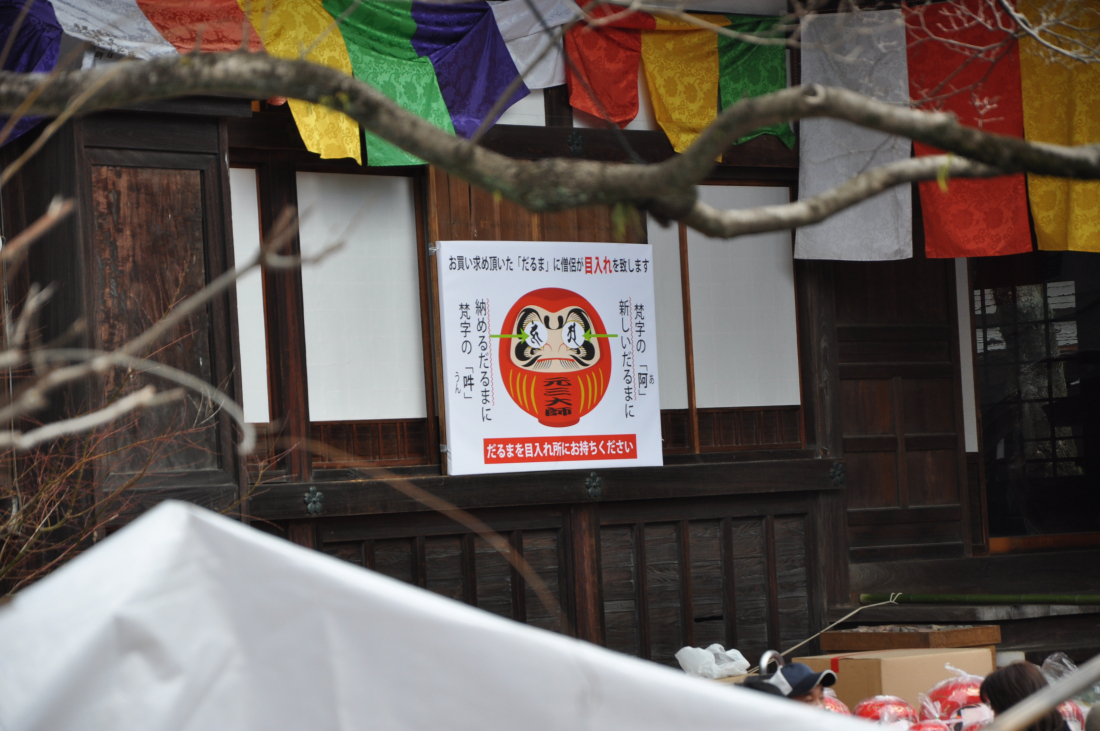



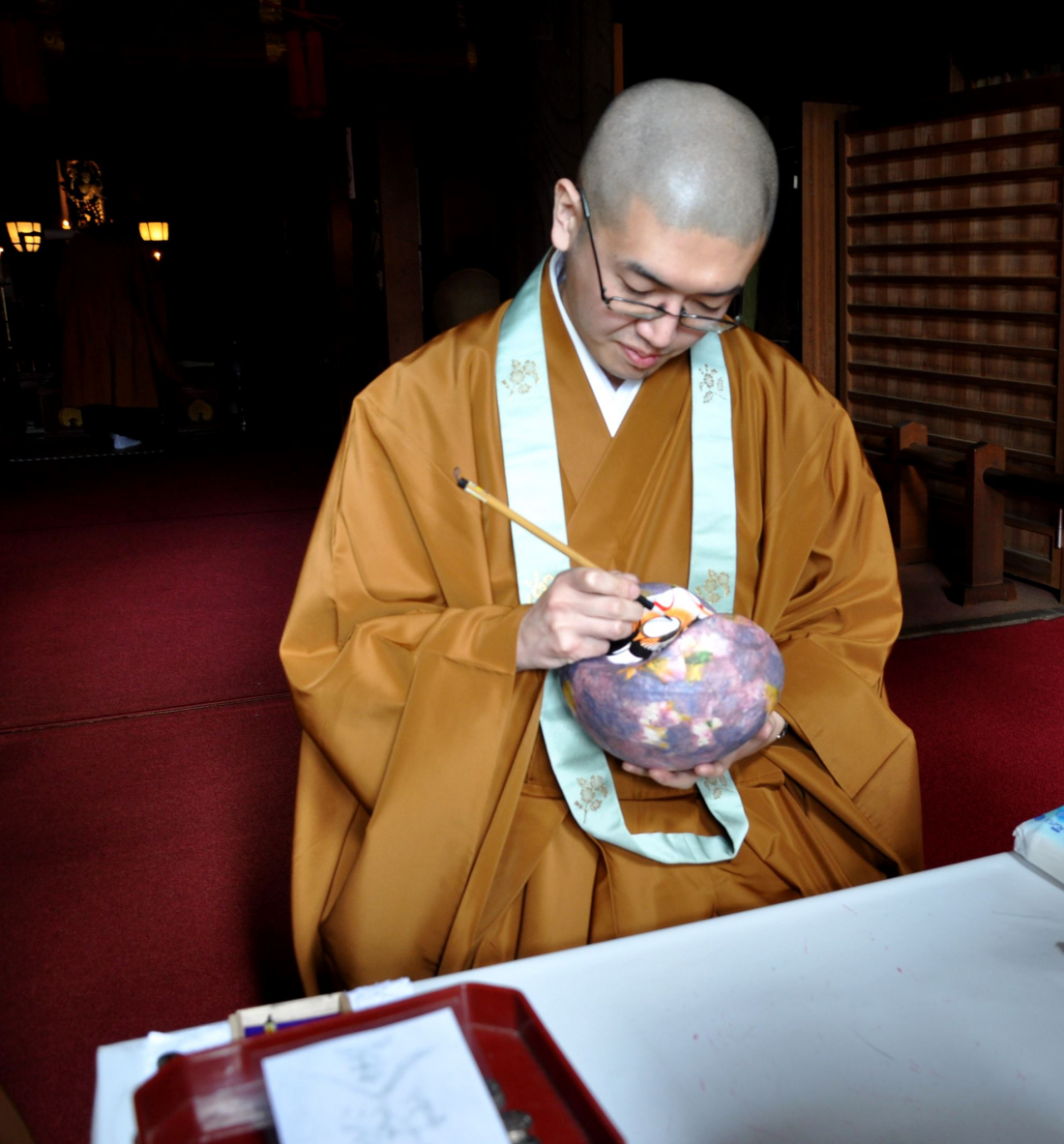



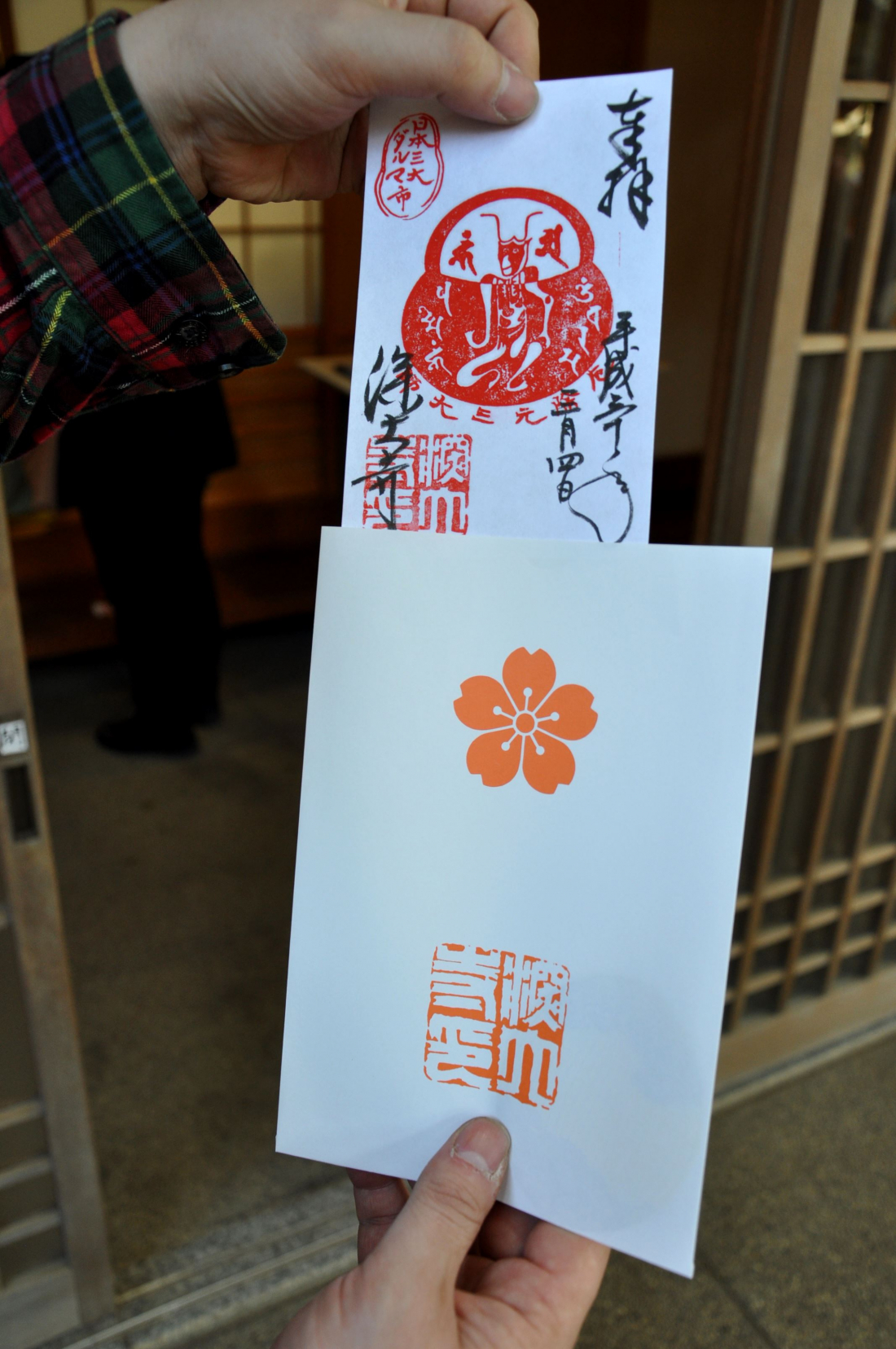




 >> Find out more at Japankuru.com! (link in bio)
#
>> Find out more at Japankuru.com! (link in bio)
#





 The Robot Restaurant is gone, but the Samurai Restaurant is here to take its place. Check it out, and don't forget your coupon!
The Robot Restaurant is gone, but the Samurai Restaurant is here to take its place. Check it out, and don't forget your coupon!
 신주쿠의 명소 로봇 레스토랑이 사무라이 레스토랑으로 부활! 절찬 쿠폰 발급중
신주쿠의 명소 로봇 레스토랑이 사무라이 레스토랑으로 부활! 절찬 쿠폰 발급중
 18歲以上才能入場的歌舞秀,和你想的不一樣!拿好優惠券去看看~
#tokyo #shinjuku #samurairestaurant #robotrestaurant #tokyotrip #도쿄여행 #신주쿠 #사무라이레스토랑 #이색체험 #할인이벤트 #歌舞伎町 #東京景點 #武士餐廳 #日本表演 #日本文化體驗 #japankuru #japantrip #japantravel #japanlovers #japan_of_insta
18歲以上才能入場的歌舞秀,和你想的不一樣!拿好優惠券去看看~
#tokyo #shinjuku #samurairestaurant #robotrestaurant #tokyotrip #도쿄여행 #신주쿠 #사무라이레스토랑 #이색체험 #할인이벤트 #歌舞伎町 #東京景點 #武士餐廳 #日本表演 #日本文化體驗 #japankuru #japantrip #japantravel #japanlovers #japan_of_insta
 코지마 x 빅 카메라 쿠폰으로 일본 가전 제품 쇼핑하기
#pr #japankuru #japanshopping #kojima #biccamera #japaneseskincare #yaman #dji #osmopocket3 #skincaredevice #日本購物 #美容儀 #相機 #雅萌 #日本家電 #일본여행 #면세 #여행꿀팁 #일본쇼핑리스트 #쿠폰 #일본쇼핑 #일본브랜드 #할인 #코지마 #빅카메라 #japankurucoupon
코지마 x 빅 카메라 쿠폰으로 일본 가전 제품 쇼핑하기
#pr #japankuru #japanshopping #kojima #biccamera #japaneseskincare #yaman #dji #osmopocket3 #skincaredevice #日本購物 #美容儀 #相機 #雅萌 #日本家電 #일본여행 #면세 #여행꿀팁 #일본쇼핑리스트 #쿠폰 #일본쇼핑 #일본브랜드 #할인 #코지마 #빅카메라 #japankurucoupon
































 Oita Hello Kitty Airport
Oita Hello Kitty Airport  Lands April 13th
Lands April 13th









